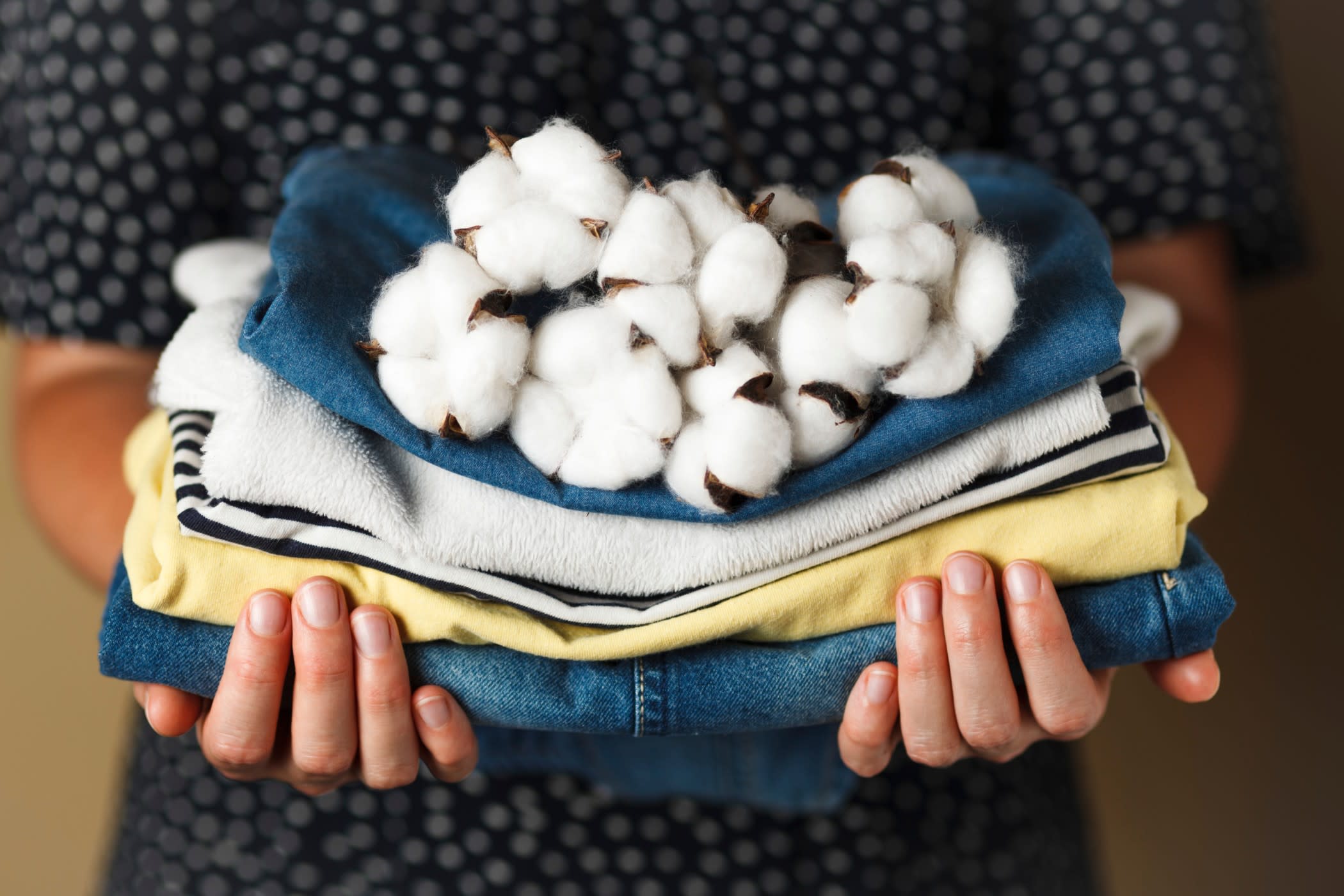Why Is Sustainable Fashion So Much More Expensive Than Fast Fashion?



Summary: Sustainable fashion is often more expensive than fast fashion for various reasons. First, sustainable fashion brands tend to use higher-quality materials, which can increase the price of the final product. Additionally, they often pay fair wages to workers, which can also drive up the price. Finally, these brands often reinvest their profits into other sustainable initiatives, such as reducing their carbon footprint.
Of late, there is a lot of emphasis on sustainability in fashion, with brands and buyers both rejecting fast fashion. People are becoming increasingly aware of the damage fast fashion is causing to the planet and to the lives of people who make clothes. But brands are often wary of investing in sustainable practices because of the costs involved.
Yes, sustainable fashion is a lot more expensive than fast fashion, the cost difference being almost 50% between the two. While fashion is one of the largest polluters on the planet, sustainable fashion offers better alternatives even though it comes at a price.
Sustainable fashion versus fast fashion
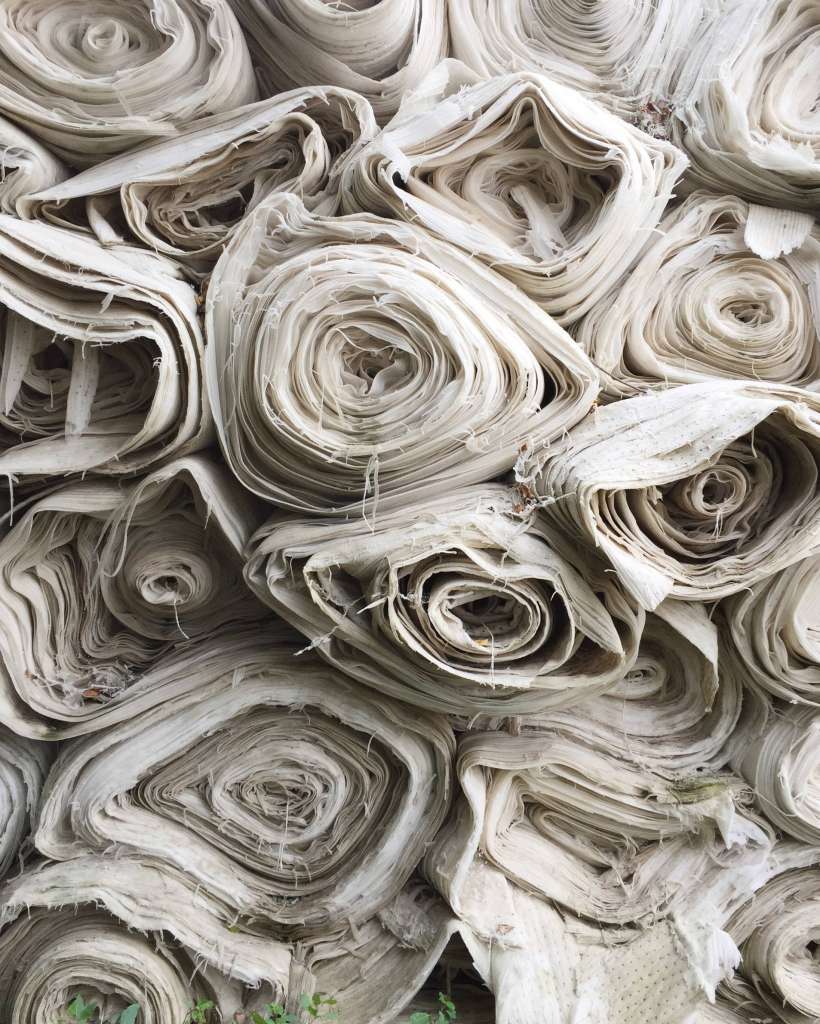
Sustainability in fashion is the responsibility of both the manufacturer and the consumer. A consumer doesn’t need to redo their wardrobe six times a year to be fashionable. But fast fashion would tell them otherwise. It comes with cheap price tags, constantly evolving fashion trends and easily available garments. It projects clothes as disposable, use-and-throw products. It makes people believe they can wear them a few times and replace them with newer, trending styles. More often than not, the consumer buys that.
But is fast fashion as cheap as it appears? Economical, perhaps. Are you aware of the needs of the environment and the human resources involved? Sustainable fashion, as against fast fashion, is measured in terms of two key factors. First, the impact it makes on natural resources. The second is the way workers involved in the manufacturing of each garment are treated.
Why is sustainable fashion expensive?
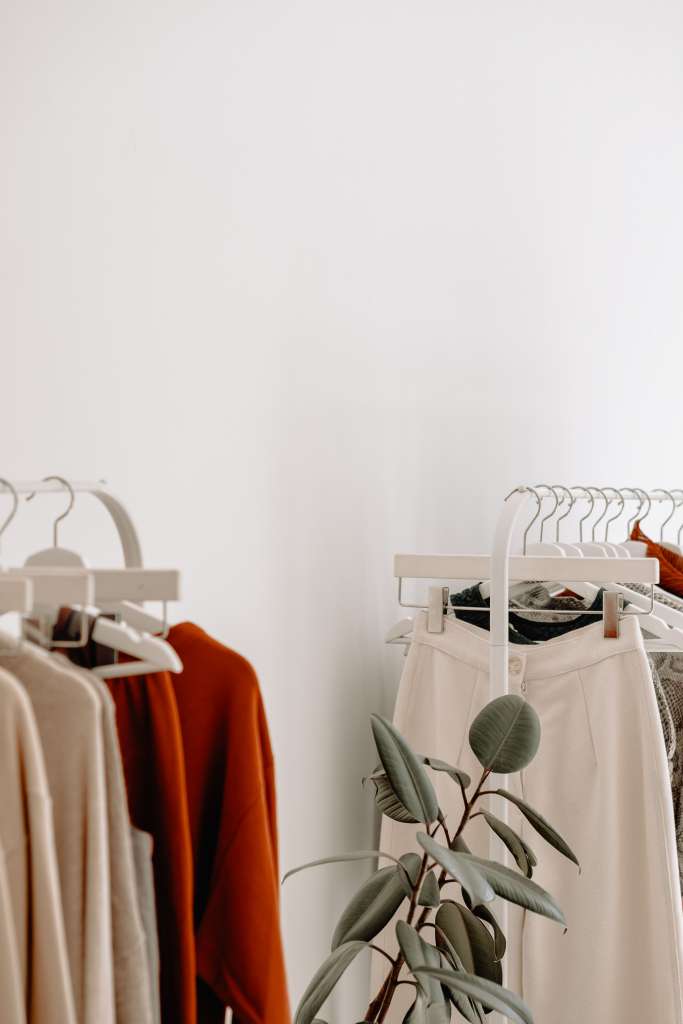
The phrase "penny-wise but pound foolish" perfectly explains this conundrum. While it is next to impossible to manufacture a garment that is 100% free of any environmental impact, the conscious choice for brands is to take an eco-friendly and zero-waste approach. It will be expensive for your brand and the buyers, but you will be investing in the future. The following reasons explain why sustainable fashion is expensive, and why is it okay:
Ethical sourcing
Sustainable fashion uses quality materials, which usually cost more. Brands with sustainable practices use fabrics made from organic, natural, and recycled materials. Unlike synthetic fibers, these are purer, long-lasting, and leave less of a carbon footprint. Cotton, wool, and silk are some of the organic fibers that waste minimal resources.
Fair wages to workers
Known as the Rana Plaza incident, the 2013 factory collapse in Bangladesh where over a thousand garment workers were left trapped is a what-not-to-do chapter in the history of this industry. Most fast fashion brands flout human rights and pay unfair wages to their workers. Sustainable fashion says no to that, provides safe working conditions, and doesn’t employ child labor.
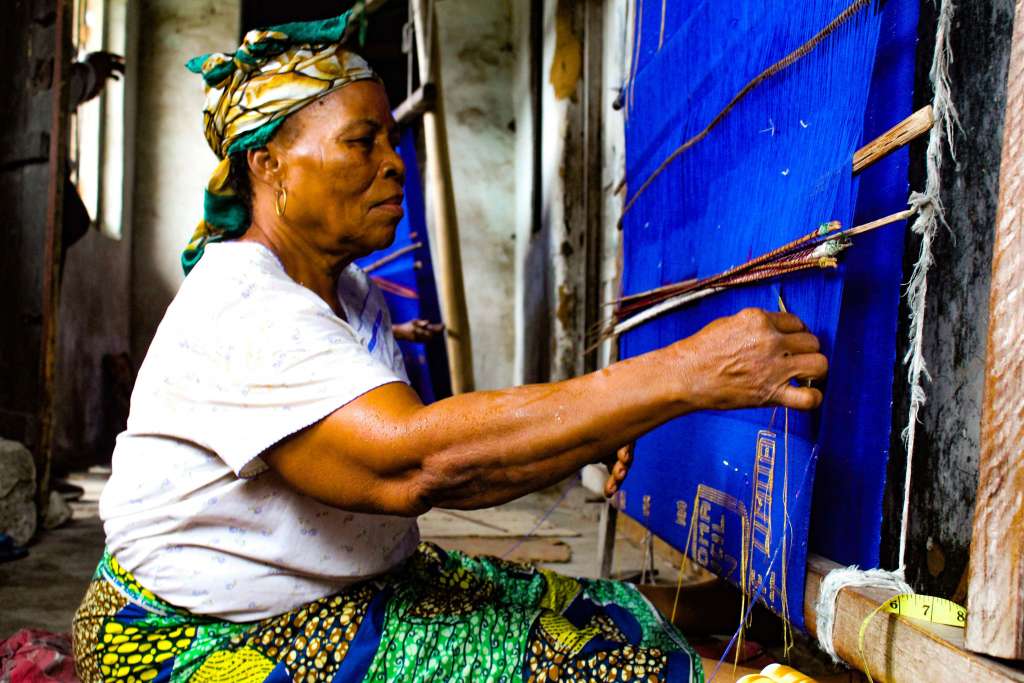
Reinvesting into sustainable practices
While fast fashion brands reserve their profits for themselves, sustainable fashion brands give back to the community. Other than that, a major part of their profits is reinvested into sustainable practices that adopt a zero-waste approach and leave behind low carbon footprints.
Reusing and recycling
The brand Outerknown makes activewear off recycled fishing nets – an example of fashion brands adopting a sustainable approach by using recycled materials. Used garments, textile waste, and other materials that would have been in landfills are turned into new clothes. Recycling and upcycling lowers the overall environmental impact but are expensive for the brand.
Zero-waste packaging
Sustainable fashion brands also swap plastic for green packaging alternatives made from compostable and organic materials and bioplastics. They also recycle plastic, reduce packaging size, and use non-plastic adhesives to stick to zero-waste packaging.
Small batches, exclusive collections
Fast fashion runs on speed and caters to the constantly changing trends in the fashion industry. Sustainable fashion, on the other hand, invests in small-scale production lines. The collections are often exclusive, and made-to-order options are created in small batches. Sometimes, brands make use of traditional techniques and crafts, which cannot be mass-produced. When a brand is not mass-producing clothes, it cuts down waste. This also drives up the costs.
No greenwashing
Fast fashion brands make misleading claims about their business practices and their environmental impact. Sustainable fashion brands have legitimate certifications. Instead of using vague terms like ‘green’ or ‘eco’ on their labels, they invest in third-party certifications to assure buyers that their workers have been treated fairly and garments are produced sustainably. This comes at a price, too.
Goodbye, fast fashion. Hello, earth
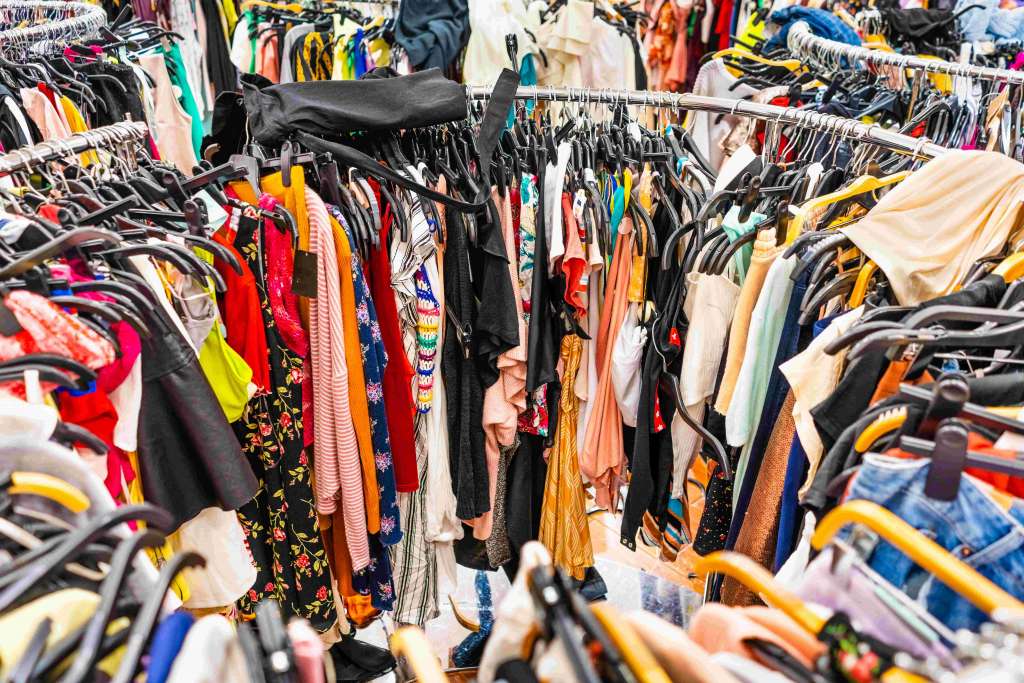
If your brand is considering the switch to sustainable fashion, here’s food for thought: While the cost of production may be high, the cost per wear of sustainable fashion garments is much lower. Consumers are gradually waking up to this realization and increasingly switching to sustainable fashion. Brands are doing it too. The durable and timeless pieces do make a worthy investment for both.
In your journey toward sustainable fashion, Fashinza is a reliable partner to help your brand make a difference. Fashinza’s AI-powered platform can assess your needs and connect you to suppliers and manufacturers engaging in the best practices. From green clothing materials to eco-friendly packaging options, you can find it all through the platform.
Get in touch with Fashinza to create your sustainable fashion brand today!
Key takeaways
- Sustainable fashion is more expensive than fast fashion because it uses better-quality materials, pays fair wages to workers, and is made in smaller quantities, which makes it more exclusive.
- Sustainable fashion brands also recycle, upcycle, and adopt a zero-waste approach in packaging as well as production

















